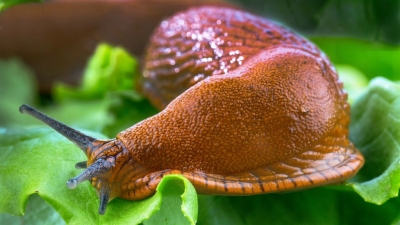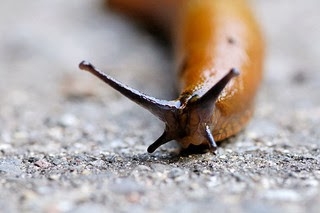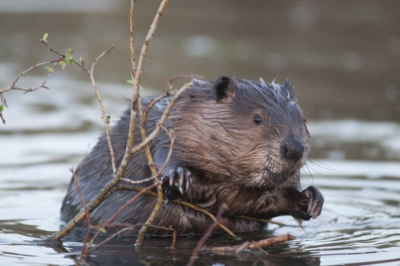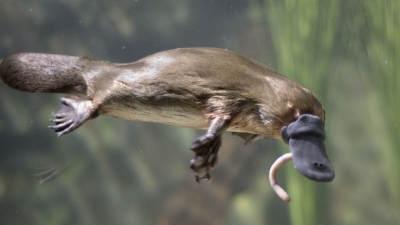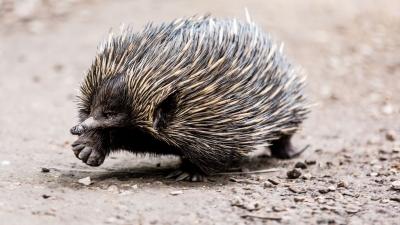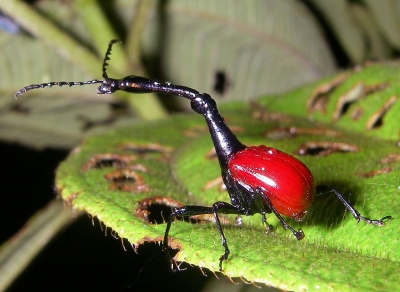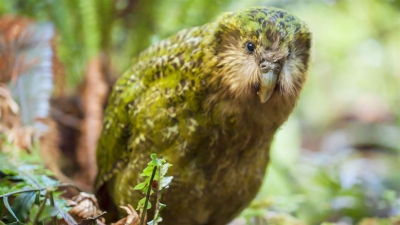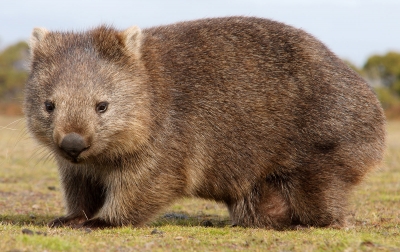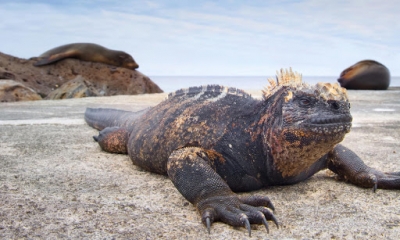Do squirrel bridges exist?

A town in Washington has a treetop bridge for squirrels, named Nutty Narrows Bridge. Located in Longview, it looks like a tiny suspension bridge with its deck just wide enough for squirrel traffic. The bridge was built by one Amos J. Peters in 1963 to save squirrels from getting squashed by passing cars on the busy thoroughfare of Olympia Way.
The Nutty Narrows is locally significant to the city of Longview under Criterion A for entertainment/recreation due to its beloved status as a city icon and its provision of opportunity for wildlife viewing. The bridge represents the efforts of a small group of citizens who created a beloved community landmark to save local squirrels from having to cross a busy thoroughfare. The bridge has become a favorite local roadside attraction and has remained an important landmark in Longview, Washington. The Nutty Narrows Bridge is significant under the National Register eligibility Criterion A, for its entertainment/recreation related themes as a reflection of the development of the bridge to solve the burgeoning need for a safe passageway for the city's squirrel population over Olympia Way in Longview, Washington. The period of significance begins and ends in 1963, the year of construction. Amos Peters, the bridge's designer and constructor, discovered the need for the bridge when he noticed a red squirrel in the road in front of his office building that had met a vehicular demise. Peters envisioned the bridge and then, by constructing it, created one of the most beloved novelty attractions in Longview. After the construction of the Nutty Narrows Bridge, a large squirrel statue was constructed in Amos Peters' memory in a nearby park and four other squirrel bridges have since been constructed within the Longview city limits.
Picture Credit : Google
